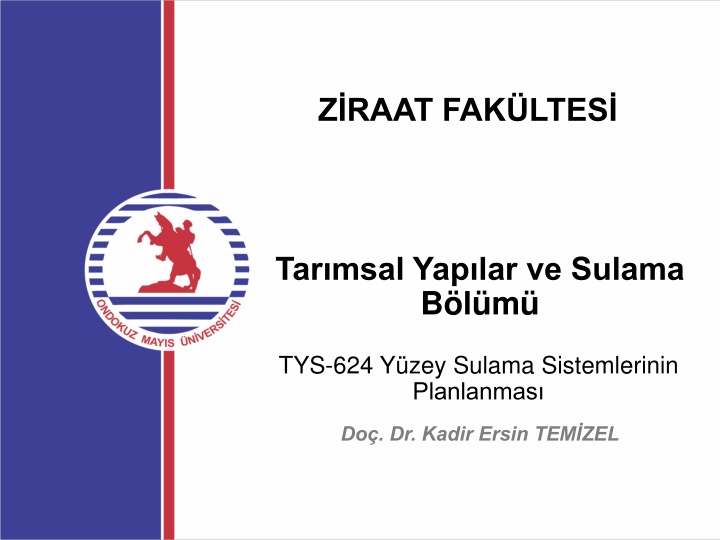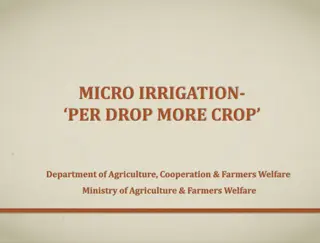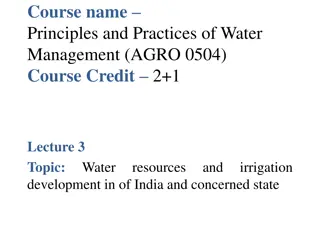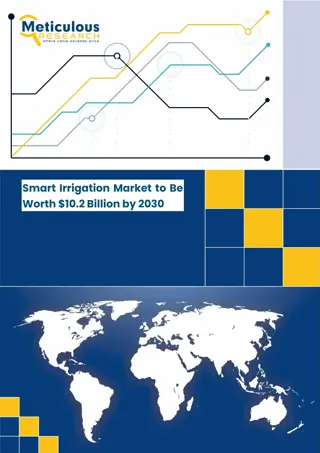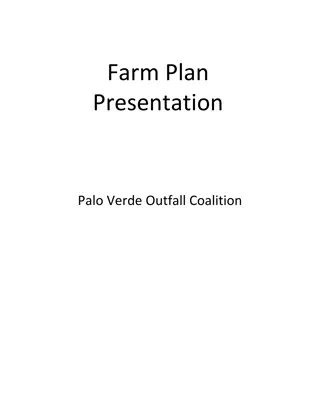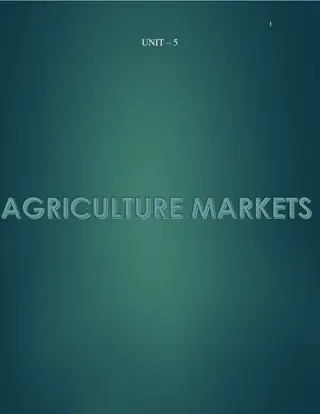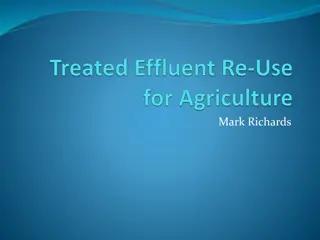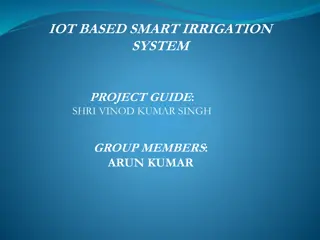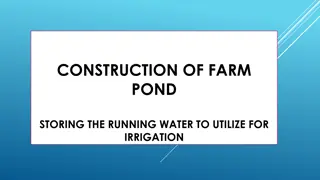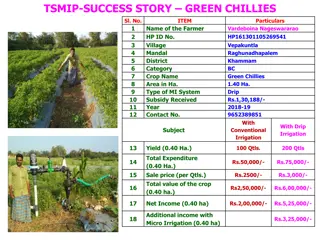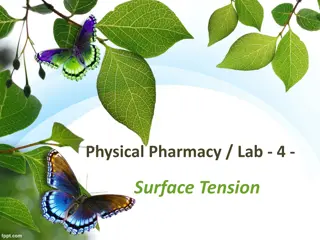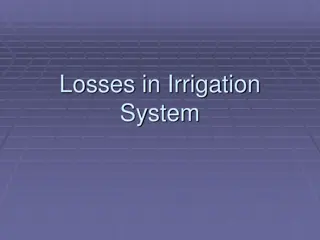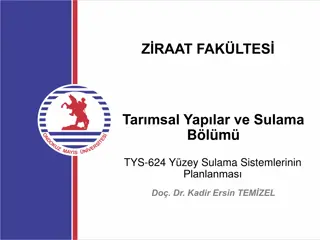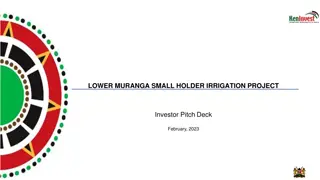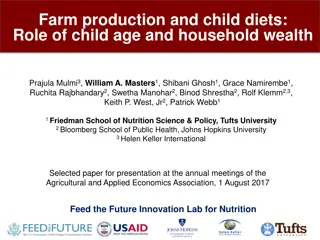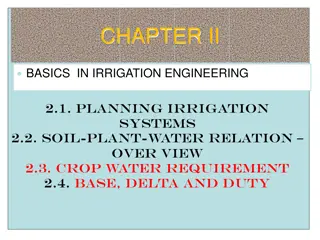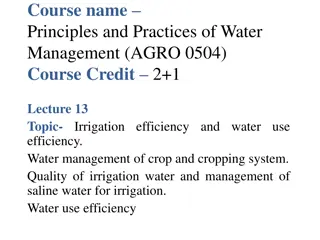Optimizing Surface Irrigation Systems for Farm Production
In the field of ZRAAT FAKLTES, the planning and implementation of surface irrigation systems play a crucial role in enhancing farm production and profitability. Various simulation programs like TYS-624 are utilized for optimizing surface irrigation methods. Assumptions regarding crop root system, infiltration function, and irrigation objectives are considered to develop efficient systems. Factors affecting water distribution along the field length, water storage in the root zone, and water loss due to percolation are analyzed. The performance of the system in optimizing production and profitability is evaluated based on these components. Considerations for water runoff, water quality, and potential reuse are also discussed.
Download Presentation

Please find below an Image/Link to download the presentation.
The content on the website is provided AS IS for your information and personal use only. It may not be sold, licensed, or shared on other websites without obtaining consent from the author.If you encounter any issues during the download, it is possible that the publisher has removed the file from their server.
You are allowed to download the files provided on this website for personal or commercial use, subject to the condition that they are used lawfully. All files are the property of their respective owners.
The content on the website is provided AS IS for your information and personal use only. It may not be sold, licensed, or shared on other websites without obtaining consent from the author.
E N D
Presentation Transcript
ZRAAT FAKLTES Tar msal Yap lar ve Sulama B l m TYS-624 Y zey Sulama Sistemlerinin Planlanmas Do . Dr. Kadir Ersin TEM ZEL
Yzey sulama yntemlerinin planlanmas nda kullan lan simulasyon programlar TYS-624 Y zey Sulama Sistemlerinin Planlanmas Hafta-14
Yzey sulama yntemlerinin planlanmas nda kullan lan simulasyon programlar
performance is whether or not the system optimizes production and profitability on the farm. In order to index these factors in the surface irrigated environment, the following assumptions are made: 1. The crop root system extracts moisture from the soil uniformly with respect to depth and location; 2. The infiltration function for the soil is a unique relationship between infiltrated depth and the time water is in contact with the soil (intake opportunity time); and 3. The objective of irrigating is to completely refill the root zone. When a field with a uniform slope, soil and crop receives steady flow at its upper end, a water front will advance at a monotonically decreasing rate until it reaches the end of the field. If it is not diked, runoff will occur for a time before recession starts following shutoff of inflow. Figure 2.8 shows the distribution of applied water along the field length stemming from the assumptions listed above. The differences in intake opportunity time produce applied depths that are non-uniformly distributed with a characteristic shape skewed toward the inlet end of the field. Figure 2.8. Components of infiltrated water under surface irrigation. The amount of water that can be stored in the root zone is LZreq, but as shown, some region of the root zone has not received water owing to the spatial distribution of infiltration. The depth of water that would refill the root zone is Zreq, beyond which water percolates below the roots and is lost 3 to the drainage or groundwater system. Computing each of these components requires a numerical integration of infiltrated depth over the field length. For the purposes of this discussion, it is convenient to define the components as follows: 3 Generally these flows return to receiving waters where they can be used elsewhere. Thus, they are lost in terms of the local condition but perhaps not to the regional or basin locale. The negative connotations of loss should be kept even though this water may be recovered and reused. The quality of these flows is nearly always degraded and the timing of when they are available elsewhere may not
